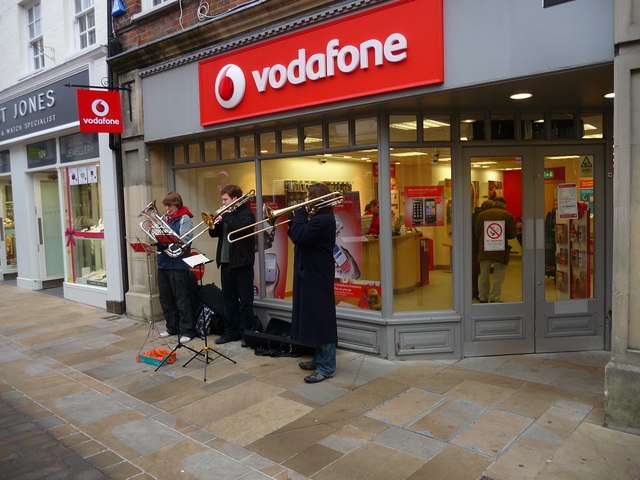
Vodafone has demonstrated the use of narrowband internet-of-things (NB-IoT) at its lab in Dusseldorf, Germany, working with Nokia and IoT specialist Telit.
The project used Nokia’s radio access network and elements from the company’s cloud packet core solution.
Device manufacturers and applications developers will use the system in trials of new products and solutions to extend the IoT ecosystem.
The system used an Intel chipset integrated into a NB-IoT module. In the trial, it was embedded into a Shitek ultrasonic gas meter to transmit data on gas flow over a 4G Vodafone test network.
The technology allows radio signals to reach further inside buildings to connect sensors and supports lower power consumption, with battery life prolonged for about 15 years.
NB-IoT is a 3GPP Rel. 13 radio access technology, which will co-exist with operators’ existing networks to benefit from mobile security and privacy features.
The improved coverage of NB-IoT compared to conventional LTE will enable for the tracking of objects deep within buildings and in rural areas.
Vodafone Group Research & Development and Technology Strategy head and GSMA NB-IoT Forum chairman Luke Ibbetson said: “NB-IoT will be commercially available from early 2017 and, because it has strong support from across the telecoms industry, will be the technology used to connect millions more things to the Internet.
“We are very pleased to make the Vodafone Open Labs available to companies that want to exchange ideas and to develop and test connected products and services powered by NB-IoT.”
Nokia global customer business team head Roberto Loiola said: “The low power attributes and reach of NB-IoT make it an ideal technology to connect the Internet of Things. The trial with Telit showed how NB-IoT is perfectly suited to manage a network comprised of devices and sensors from multiple vendors.
“At Nokia we are constantly innovating to allow our customers to evolve their offer and anticipate the needs of their subscribers and our work with Vodafone at the Open Lab is a prime example of this.”






